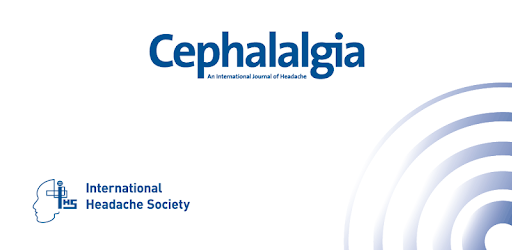Cephalalgia
2022 Sep 8;3331024221123058.
doi: 10.1177/03331024221123058. Online ahead of print.
Abstract
Background: This meta-analysis evaluated the real-world effectiveness of onabotulinumtoxinA (BOTOX®), the first preventive treatment FDA-approved specifically for chronic migraine in 2010.
Methods: We systematically reviewed onabotulinumtoxinA observational data in chronic migraine published between 1 January 2010 and 31 March 2021. Random-effects models evaluated available data for primary and secondary endpoints defined in onabotulinumtoxinA pivotal trials at approximately 24 weeks and 52 weeks.
Results: Of the 44 full-text eligible studies (29 prospective; 13 retrospective; 2 other), seven evaluated change from baseline (mean[confidence interval]) at ∼24 weeks and ∼52 weeks, respectively, for onabotulinumtoxinA in: number of headache days/month: (-10.64 [-12.31, -8.97]; -10.32 [-14.92, -5.73]); number of days of acute headache pain medication intake per month (-7.40 [-13.04, -1.77]; overlapping CIs at 52 weeks); total Headache Impact Test-6 score (-11.70 [-13.86, -9.54]); -11.80 [14.70, -8.90]); and Migraine-Specific Quality-of-Life v2.1 score (MSQ; 23.60 [CI: 21.56, 25.64]; 30.90 [CI: 28.29, 33.51]). At ∼24 weeks onabotulinumtoxinA showed total Migraine Disability Assessment score of 44.74 [28.50, 60.99] and ≥50% reduction in migraine days response rate of 46.57% [29.50%, 63.65%]. A sensitivity analysis at study-end suggested durability of onabotulinumtoxinA effectiveness on MSQ.
Conclusion: The meta-analysis reflecting real-world practice broadly corroborated with evidence from pivotal and long-term open-label studies of onabotulinumtoxinA in chronic migraine preventive treatment.
Keywords: BOTOX®; Meta-analysis; chronic migraine; effectiveness; onabotulinumtoxinA; preventive; prophylaxis; real-world data; real-world evidence.
- PMID: 36081276
- DOI: 10.1177/03331024221123058

